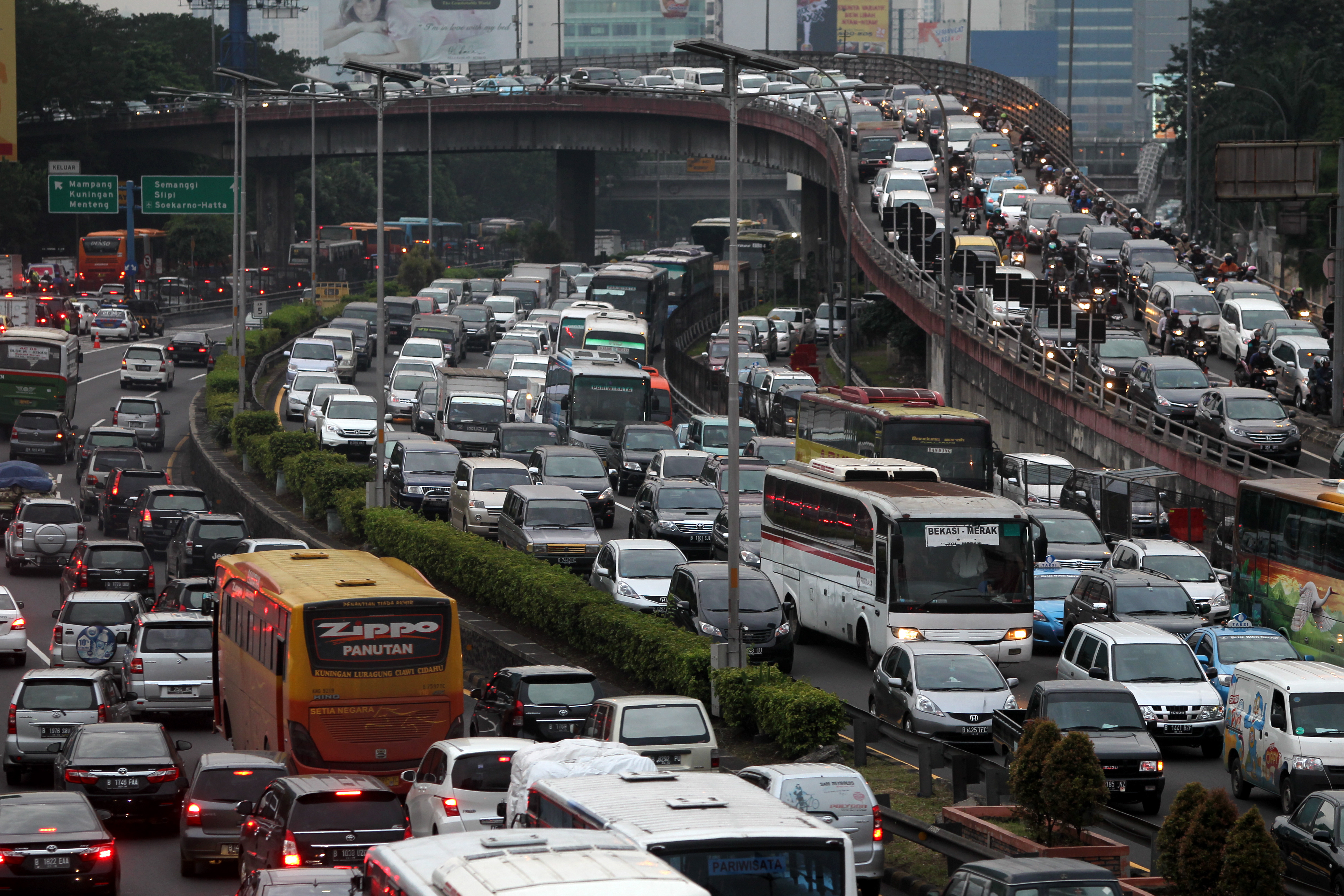
DOHA, Qatar—In 2010 in Qatar, 97 percent of the 228 people who died in traffic accidents were men—the greatest gender disparity in traffic fatalities in the world that year, according to data provided by the Qatari government to the World Health Organization.
The 2010 figure for male road deaths in Qatar could be an anomaly. The Qatar Statistics Authority reports that for 2011 the percentage of male traffic fatalities fell to 84 percent, and while the raw number of traffic accidents is rising swiftly with Qatar's booming population, numbers of traffic deaths per 100,000 residents fell by 50 percent between 2006 and 2010.
Globally, more than three-quarters of those who die in traffic accidents are men, but this tendency appears to be more pronounced in Arab Gulf countries: 84 percent in Kuwait, 85 percent in Oman, 86 percent in Saudi Arabia and 89 percent in the UAE.
Khalifa Al-Khalifa, director of the Qatar Road Safety Studies Center at Qatar University, offers several reasons for the preponderance of male deaths along Arab Gulf roads.
"[W]omen have been driving shorter periods of time [than men] in the Gulf," and they are safer and more careful behind the wheel, Al-Khalifa said. Women also drive less; women in Saudi Arabia are banned from driving and some conservative families in other Gulf countries also prohibit women from driving.
"Women are less likely to drive on the highway, [and] not long distances," Al-Khalifa added. "Few women drive on the highways, where most accidents take place."
Nevertheless, plenty of women drive in the Arab Gulf, so smaller numbers of female drivers do not alone explain the death gap.
"Most people dying in accidents in Qatar are men between 16 [and] 25," said Amin Al-Khalifa, an official at the Qatar Statistics Authority. "In Saudi Arabia it's even worse. Part of the culture is for young men to drive on two tires, [and perform] 'street surfing' at sometimes 120 kilometers per hour,"—hanging on to an open passenger door of a speeding car and gliding on the soles of one's shoes. Many survivors of this activity proudly upload the video to YouTube.
The nature of cars in the Arab Gulf also contributes to the highway carnage. Oversized SUVs jostle with delivery mopeds, flimsy minibuses carrying migrant laborers and lumbering Tata buses, not to mention the numerous construction and cement trucks that are part of the region's dizzying expansion.
Roads in Arab Gulf countries are often policed primarily by cameras, as opposed to patrol cars pursuing misbehaving motorists. In Qatar, many drivers know where these cameras are and, consequently, where they may drive recklessly beyond surveillance.
The devices aren't useless; a driver who runs a red light in Qatar and is caught by a drone camera must pay 6,000 Qatari riyals (about $1,650), a fine meant to be steep enough to induce at least some pain among the world's richest population.
Travelers who have driven in Nairobi or Cairo may be lulled by the relatively smooth driving around Doha or Dubai, but highway crashes still pose one of the biggest public health threats in this part of the world, and governments seem aware of the problem.
In late 2013 Qatar announced the planned deployment of a purportedly better-trained highway patrol force to crack down on reckless driving. Signs around Doha read "Speed Kills," "Safety Belts Save Lives," and "Don't Use Mobiles While Driving," but it is unclear if such public service warnings have much impact.
Justin D. Martin is a journalism professor at Northwestern University in Qatar. Follow him @Justin_D_Martin







